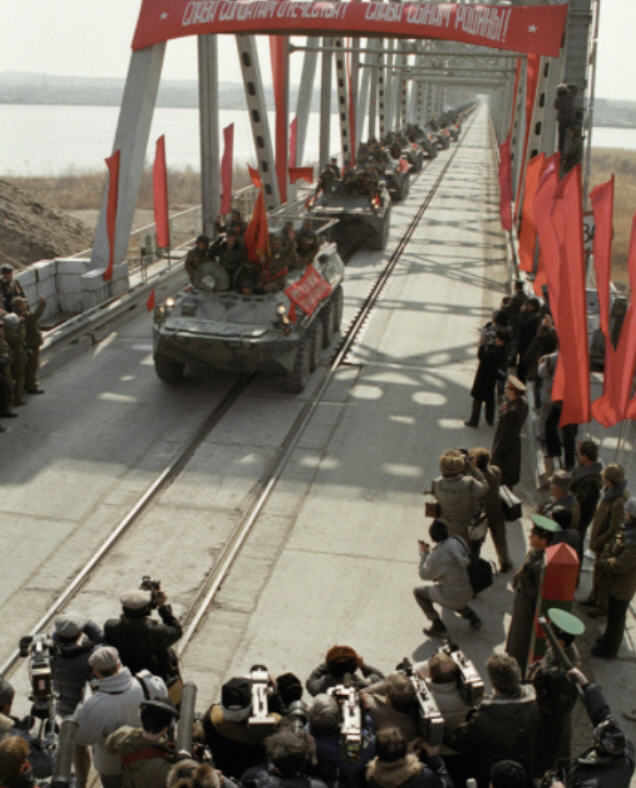Who To Salute?

If you have not been part of the planning process on what is called a “Noncombatant Evacuation Operation (NEO)” you have missed a lot of fun. A pal summed it up nicely in our own little committee of Vets this morning in the first flurry of notes. “We have all planned, and most of us have participated in some form of NEO,” he wrote. “They all have certain common steps, and the “triage,” the order of withdrawal, is pretty much always the same. And if you have ANY heads up, you get a head start.”
We all learned this early on, as part of ‘first deployment’ sorts of things. First the mission, whatever it was, then the questions:
Q: Are there any US dependents in the area of interest- the potential operations area? A: If so, they go first, quietly as possible since they are the most vulnerable.
Q: Where is the List of citizens and vital locals, coordinated with the Embassy folks. A: Start filtering them out, quietly, if possible.
Q: Who in the chain is necessary, critical for continuity of what you are attempting to accomplish. A: Keep them safe. Then all civilians except a few key figures necessary to explain that order is maintained.
Summary: Last out are the people with the means to defend themselves. Taking down the sign at the MacDonald’s at the airfield is optional.
Additional Planning Factors: Situationally, you use what is available to accomplish the evacuation. Work multiple airfields if you can, utilize civilian airlift with reception points outside the area of potential conflict if necessary. Setting up reception centers is straightforward. I had a chance to visit some being created in places you have not heard of in years. They were spartan but efficient: General Purpose large tents, food preparation, some medical support for emerging problems. Then the scheme for further distribution depending on needs. This morning I was briefly startled to discover Dulles International just up the road from the Farm is one of them. We all know how this is supposed to work, and we learned from the people who had just done the Saigon experience.
Whoever is running this one stood the whole process on its head. They must be smart to be where they are, but apparently, they have not done this before. Or talked to anyone who has. That may be unkind, since this is a bit different than the dozens of these contingencies that became an almost routine feature of operations.
That process was stood on its head for Afghanistan, and there is something new in the mix. The twenty-year war there was an outsourced affair, with a large part of the traditional military role filled by contract personnel to minimize the number of “troops” involved in the operation. Add to it the specific assessment by persons unknown that starting removal of civilians on the assorted priority lists would cause a panic. Therefore, removing the military first made some sort of sense, though it ignored the obvious consequences of the action.
I went to bed last night wondering at the details. How far is (was?) Bagram Air Base from the capital of Kabul? Maybe that was an important planning factor I had not accounted for. It was not the first such pre-sleep question, and in accordance with experience, I looked it up after the first shot of caffein in the morning. Distance from Point “A” to point “B,” Kabul to Bagram Air Field? 29 miles by helicopter. A shade over 39 miles on the available road.
I let memory take me through how it might be done, and it would have been a challenge but certainly achievable. That it was ignored confirmed that the system was being managed by people in the grip of some operational delusion. With Bagram open, departees could still grab a quarter-pounder at the base MacDonalds on the way to aircraft staged on multiple runways. There were no uncontrolled towering buildings surrounding the facility as launching points for Man Portable Air Defense (MANPAD) systems like the ones we supplied the Mujahadeen when the Russians confronted this problem. Their departure was ordered, efficient, and complete.
The Commanding General of Russia’s forces, the suitably martial appearing 45-year old Boris Gromov, was the last to board his armed vehicle on the departure across the Hairatan Bridge into the Uzbek SSR. He was the symbolic last Russian to leave. There were crimson pennants on the Russian side. The imagery was naturally staged, with a detachment of photographers on the safe end, but it left the opinion that Russia had left their ten years in Afghanistan in good order.
Not so much on this American adventure. After a little venture into evacuation route planning on the computer in the Great Room at The Farm, I wandered down to the Loading Dock for a Marlboro with the Old Hands. DeMille noted that the Director of CIA had flown over to Kabul to meet with the Taliban leadership. I wondered where the State Department was.
Then Loma began with something he had heard on Fox. “It was freaking amazing. It was a transcript of a complaint by a mother to her school board chairperson, claiming recitation of the Pledge of Allegiance at school was an infliction of colonial values on her offspring. She ended her request with the obscenity we now replace in routine correspondence.”
There was some muted but sardonic laughter, like the one I remember from the Russian departure. So, another routine Tuesday at the farm. Things are different these days, aren’t they? We used to know who was in charge, just as a practical matter about who to salute on a duty day.
Copyright 2021 Vic Socotra
www.vicsocotra.com
